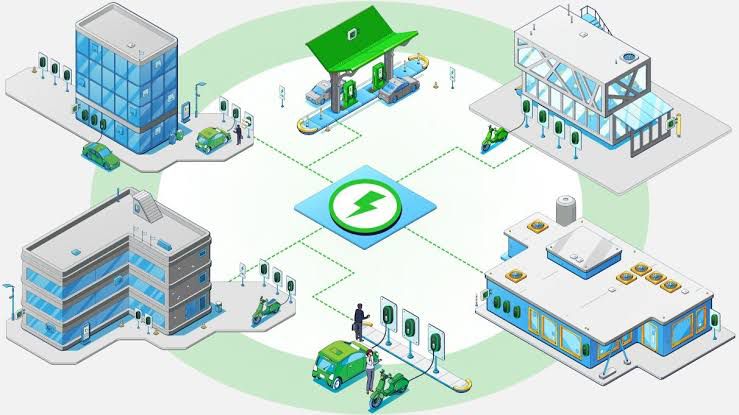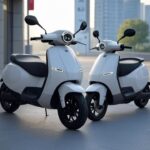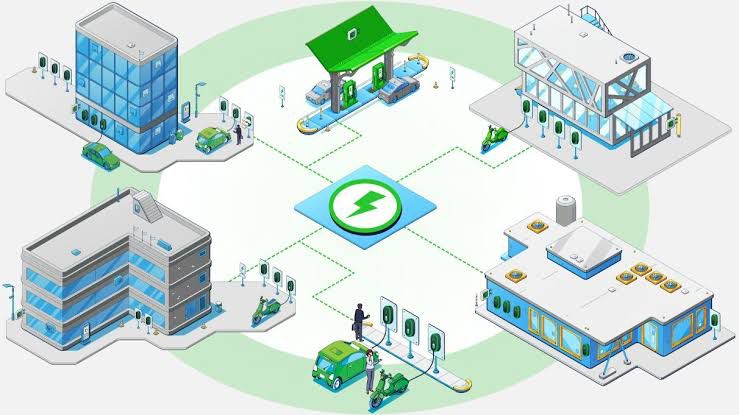
In the last few years, one thing has become clear—India is heading toward an electric future. With rising fuel prices, air pollution, and climate change concerns, the country is looking for cleaner and smarter ways to travel. One of the biggest changes we’re seeing is the shift from petrol and diesel vehicles to electric vehicles. But this shift didn’t just happen on its own. The Indian government has played a huge role in pushing EV adoption through smart policies, financial help, and future-focused plans.
MERITS
In this article, I’ll be talking about how these government efforts are powering India’s electric journey and what it means for all of us.
India has many reasons to go electric. First, air pollution in cities is out of control. Many of our towns and metro areas rank among the most polluted in the world, and vehicles are a big part of that problem. Second, India spends a lot of money importing oil from other countries, which makes us dependent and affects our economy. And third, with the growing impact of climate change, India has promised to reduce its carbon emissions. Switching to EVs helps with all of these issues at the same time.
FAME
To speed things up, the government launched a scheme called FAME, which stands for Faster Adoption and Manufacturing of Hybrid and Electric Vehicles. The first phase started in 2015 and focused on giving incentives for electric buses, autos, and taxis. In 2019, FAME II came in with a much larger budget of 10,000 crore rupees.
This phase helped reduce the cost of electric scooters, cars, and rickshaws, making it easier for regular people to afford them.
The government also launched PLI schemes (Production Linked Incentives) to support companies that make EVs and batteries in India. One part of this plan, called ACC PLI, helps companies build batteries here, which lowers prices and reduces the need to import from other countries. Another part supports the auto industry in producing electric vehicles and components locally.
Government schemes for EV
One big step that made EVs more affordable was the cut in GST, or Goods and Services Tax. Regular petrol and diesel cars are taxed at 28 percent, but EVs are only taxed at 5 percent. The same low tax also applies to EV chargers, which makes the entire setup cheaper.
To encourage people to buy EVs, the government also gives income tax benefits. If someone takes a loan to buy an EV, they can get a deduction of up to 1.5 lakh rupees on the interest they pay. For a lot of middle-class families, this makes a big difference when buying a vehicle.
It’s not just the central government doing all the work—many state governments have also come up with their own EV policies. For example, Delhi gives subsidies on e-scooters and waives road tax and registration charges.
Maharashtra offers cashback and rewards for people who scrap old petrol vehicles. Tamil Nadu is encouraging companies to set up EV factories by giving them land and other support. This healthy competition among states is helping the EV movement grow even faster.
Of course, people won’t switch to EVs unless they know they can easily charge them. That’s why the government is also focusing on building a strong charging infrastructure. Public charging stations are being installed in cities, highways, malls, and office complexes. There’s even a battery swapping policy, where people with scooters or autos can swap out a low battery for a fully charged one instead of waiting to charge.
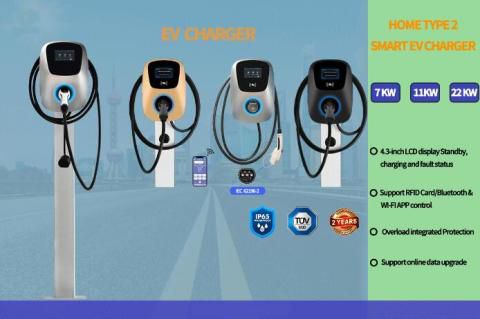
Another big part of this movement is changing public transport. The government is supporting the use of electric buses, especially in big cities, to reduce air and noise pollution. Under the PM eBus Sewa, 10,000 e-buses are being added across the country. E-rickshaws and e-autos are also growing popular in smaller towns, offering a cleaner and quieter ride for everyone…
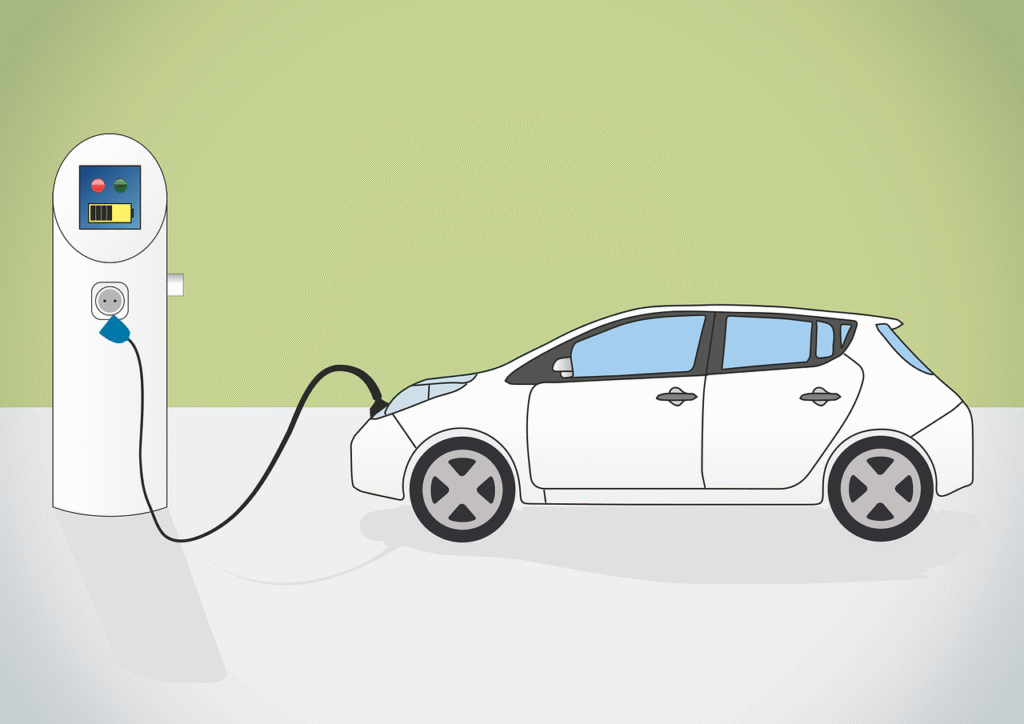
India’s EV startups are also helping a lot. Companies like Ather Energy, Ola Electric, and Revolt are designing smart and affordable electric bikes and scooters. These startups are supported by programs like Startup India, which provide funding and guidance. With more companies entering the EV space, there are more choices for customers and more jobs for young people.
challenges
Even though things are moving in the right direction, there are still some challenges. Electric vehicles still cost more upfront than petrol vehicles, and many people worry about running out of charge on long drives.
The power grid in some areas may also need upgrades to handle so many Electric Vehicles charging at once. And finally, the country needs a solid plan to recycle old batteries so they don’t cause new pollution problems.
Conclusion
In conclusion, India’s journey toward electric mobility is not just about changing the vehicles we drive—it’s about building a cleaner, safer, and more sustainable future. The government is doing a lot to make Electric vehicles more affordable, easier to charge, and better to use through smart policies and programs. While there’s still work to be done, the progress so far is exciting and shows that India is serious about going electric. If things keep moving this way, the dream of a cleaner and greener India might be closer than we think.

